Guidance on Safe Harbor Rev. Proc. 2020-51
November 24, 2020 | Paycheck Protection Program, PPP, Safe Harbor
On Wednesday, November 18, the IRS released Revenue Procedure 2020-51 which details a safe harbor for certain taxpayers who have utilized PPP loans during this tax period. We have summarized this Revenue Procedure in order to give you more information on how it could play a factor come tax time.
Background
Back in October, we wrote about IRS Notice 2020-32 and its implications to the Paycheck Protection Program (PPP). You can find that post here. It lays a foundation on the history of the PPP and will catch you up to speed on the IRS’ stance when it comes to claiming expenses incurred or paid with PPP funds. It also details the types of expenses referenced going forward.
The Purpose of Rev. Proc. 2020-51
The purpose of this Revenue Procedure is to provide protection for the taxpayers who are unable to receive forgiveness for the PPP loan taken out. The PPP loan is also called the covered loan in order to represent the period of time from February 15th - December 31, 2020 that the PPP loan is meant to cover expenses. This revenue procedure is effective for taxable years beginning or ending in 2020. In order for a taxpayer to be eligible for the safe harbor, the following criteria must be met:
The eligible expenses were paid or incurred during tax year 2020;
The taxpayer must have received a loan under the PPP that is expected to be forgiven in the following tax year; and
In the following tax year, the loan is denied either in part or in whole or the taxpayer decides to not request forgiveness of the covered loan.
If the above criteria is met, you may be able to deduct some of the eligible expenses on a timely filed original income tax return, an amended return, or a timely filed original income tax return in the following tax year.
Who qualifies for Safe Harbor?
The above is just a basis of eligibility, Section 3.01 and 3.02 of the revenue procedure further describes an eligible taxpayer A taxpayer that meets the requirements of this section has paid or incurred eligible expenses during the 2020 tax year and is expecting to receive forgiveness of the covered loan next year. If the application for loan forgiveness is denied, the taxpayer will become eligible to receive safe harbor for the loan. This also applies for an individual that decides to not file for loan forgiveness or withdraws an application.
The Revenue Procedure 2020-51 Statement
If you fall into the category above, the safe harbor will be of benefit to you. In order to ensure you are able to receive it, you must attach a statement titled “Revenue Procedure 2020-51 Statement” that includes the following:
The taxpayer’s name, address, and social security number or employer identification number
A statement specifying whether the taxpayer is an eligible taxpayer under section 3.01 or section 3.02 of Revenue Procedure 2020-51;
A statement specifying whether the taxpayer is an eligible taxpayer under section 4.01 or section 4.02 of Revenue Procedure 2020-51;
The amount and the date of the loan disbursement
The amount of the loan that was denied of forgiveness or that the taxpayer decided to no longer seek
The date the taxpayer was decided to no longer seek loan forgiveness or was denied forgiveness
The eligible expenses and non-deducted eligible expenses reported on the return
This safe harbor does not prevent the IRS from investigating issues or requesting more information related to your return or the deductions you claimed for non-deducted eligible expenses.
Please reach out to the PTR team if you have any questions or to discuss how Revenue Procedure 2020-51 may play a factor in your R&D credit for the 2020 tax year.
